There are many ways to learn Maldivian history, but few of them pack the same kind of punch as actually visiting a heritage site and living in that world for a day. As you brush up against some of the artifacts of immeasurable value that have stood the test of time, you’ll develop a great deal of knowledge, understanding and appreciation for the stories that shaped this great country.
Here are 10 great places to relive Maldivian history:
![]()
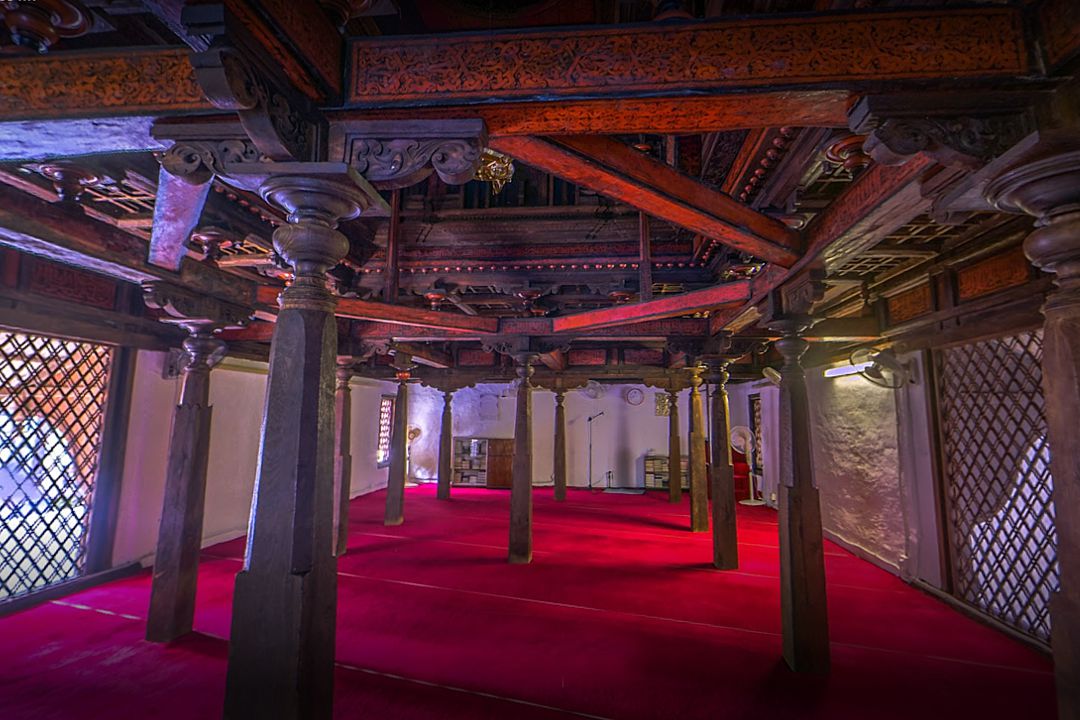
Weave through the narrow streets of Malé, and you will eventually stumble upon a tiny antiquated landmark tucked between Rasrani Bageecha and Muleeage, are the remains of the oldest still-existing mosque constructed in the Maldives. Dharumavantha Rasgefaanu Miskiiy was built by and named after Sultan Muhammed Ibn Abdulla, the second king of the Maldives after his conversion to Islam during the 12th year of his reign in 1153 AD.
The first Muslim community held Friday congregation in the original sub-basement structure, approximately 13 x 6.6 m with a 1.8 m wide space that included a veranda and a well to draw water to perform ablution. The four walls of the prayer hall are built of stone, aged by time and nature, plastered and white washed several times over the centuries. The prayer hall is a hypostyle leading to the mihrab, and is enough to accommodate 100 worshipers during a typical prayer session. The roof of the mosque is made of wood, supported by wooden beams and pillars, embellished with exquisitely engraved floral motifs and painted calligraphy of verses from the Quran. Although the condition of the mosque has deteriorated, it has gone several phases of reconstruction over the centuries, and still stands as a testament to the quality of the 19th-century craftsmanship of the earliest Maldivian artisans and would be unthinkable to lose such a valuable piece of heritage to the benefit from the comforts of the modern times.
![]()
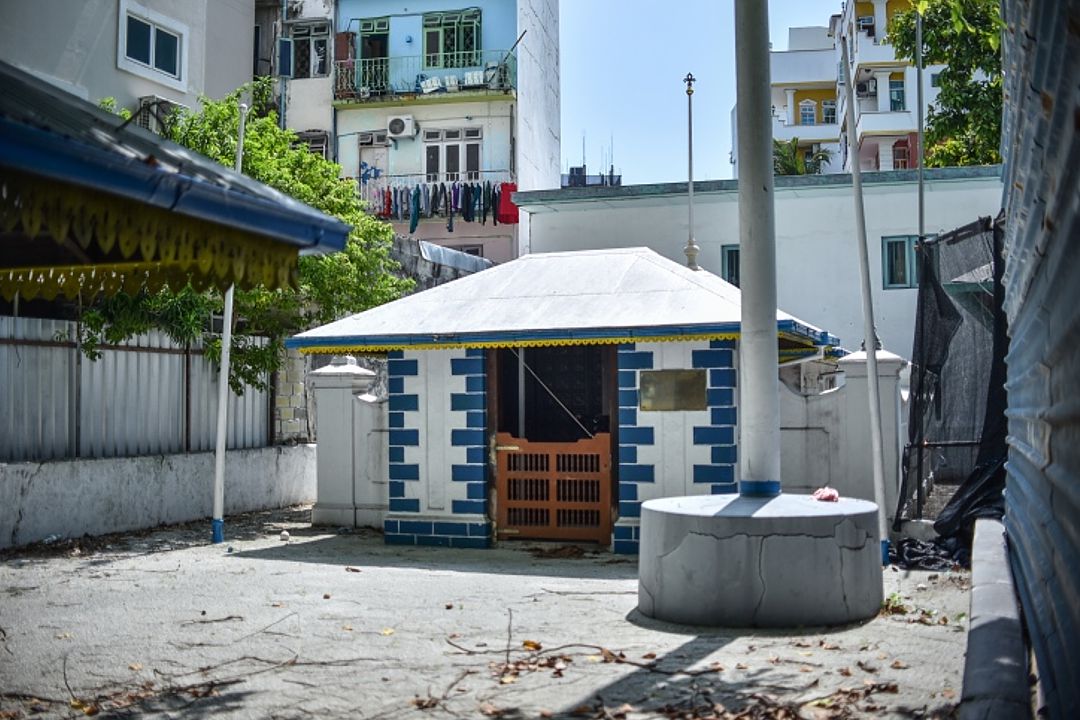
In the backstreets of Malé, adjacent to Rahdhebai Magu and Neeloafaru Magu is a tiny mosque, Bihuroazu Miskiy or Bihuroazu Kamanaa Miskiy, and within its courtyard stands the mausoleum of Mohamed Thakurufaanu, built as an emblem of esteem in his memory, the most celebrated hero in Maldivian history. After liberating Maldives from 17 years of the colonial Portuguese rule, he reigned as a Sultan from 1573 until his death in 1585 AD. Bihuroazu Kamana Miskiy is also among the finest surviving examples of Thelihigaa or coral chip masonry mosques in the Maldives.
![]()
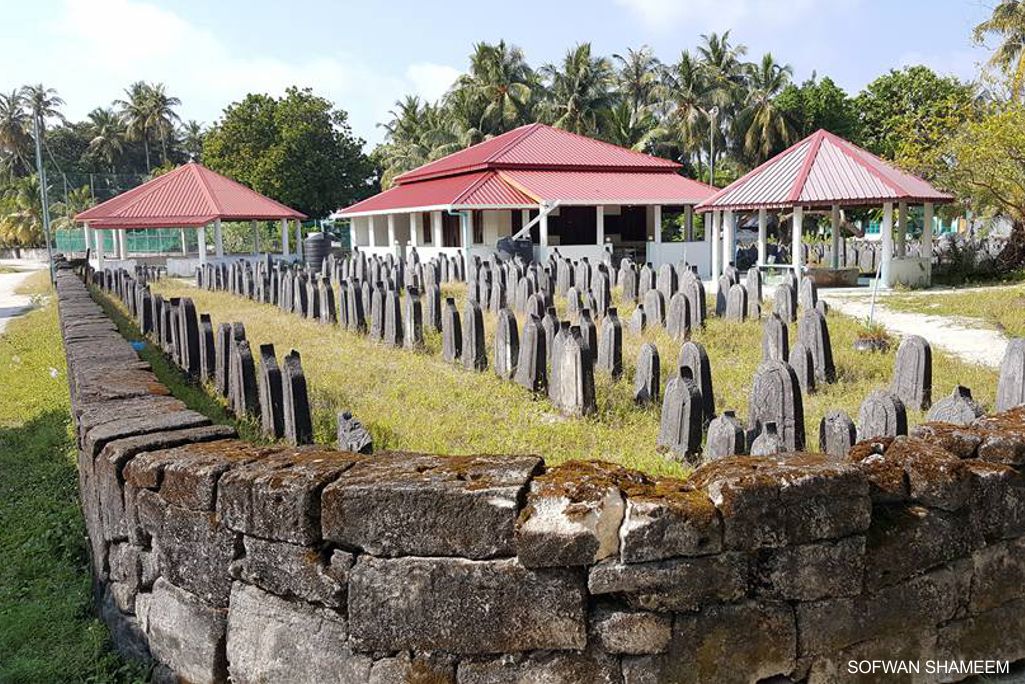
Built between 1692-1701 CE during the reign of Sultan Mohamed of Dhevvadhu, Hukuru Miskiy, the Friday mosque on the island of Fenfushi has stood tall, with its striking stacks of masonry coral stones, no more than three foot-high surrounding the mosque’s boundaries, captivating any passersby. It has been one of the finest examples of coral stone architecture, with a complete set of components that include the main building of the mosque, an intriguing coral stone bath and well, a sun dial and a large cemetery, all elements in excellent condition.
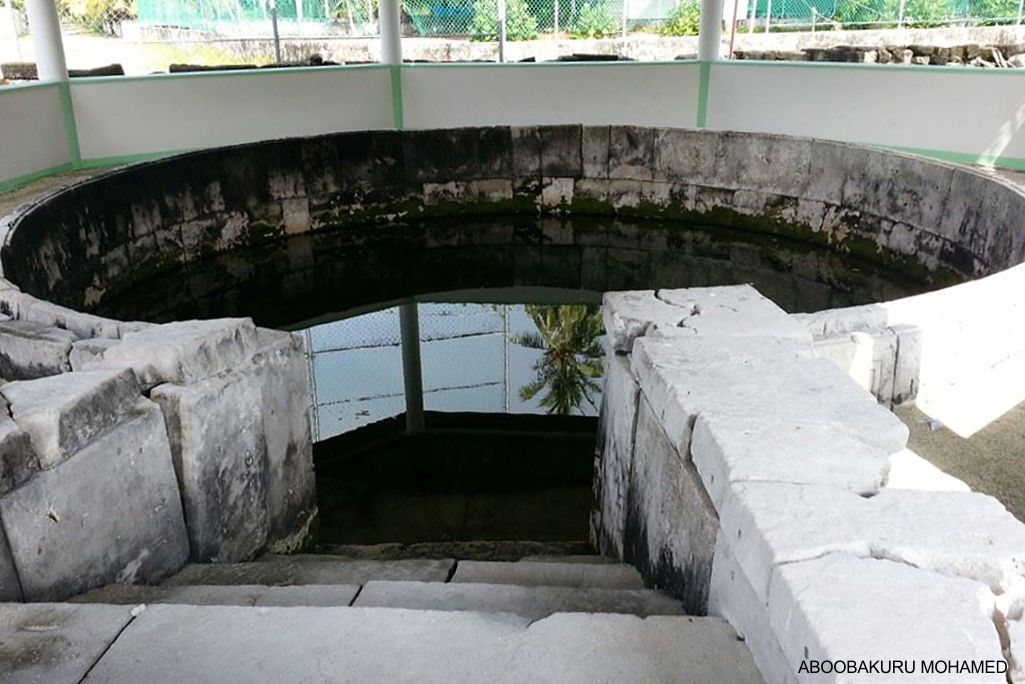
A set of stairs leads into a veyo, a circular bath believed to have been built during the Buddhist era, with its surrounding walls made of coral stone, though the walls have been severely damaged, a Thaana (old local script) is visible on it, written much later than at the time it was built. The bath was buried in sand for centuries until it was rediscovered in 2000 and ever since then it had been roofed and a surrounding wall built to protect the historical site from withering away with time.
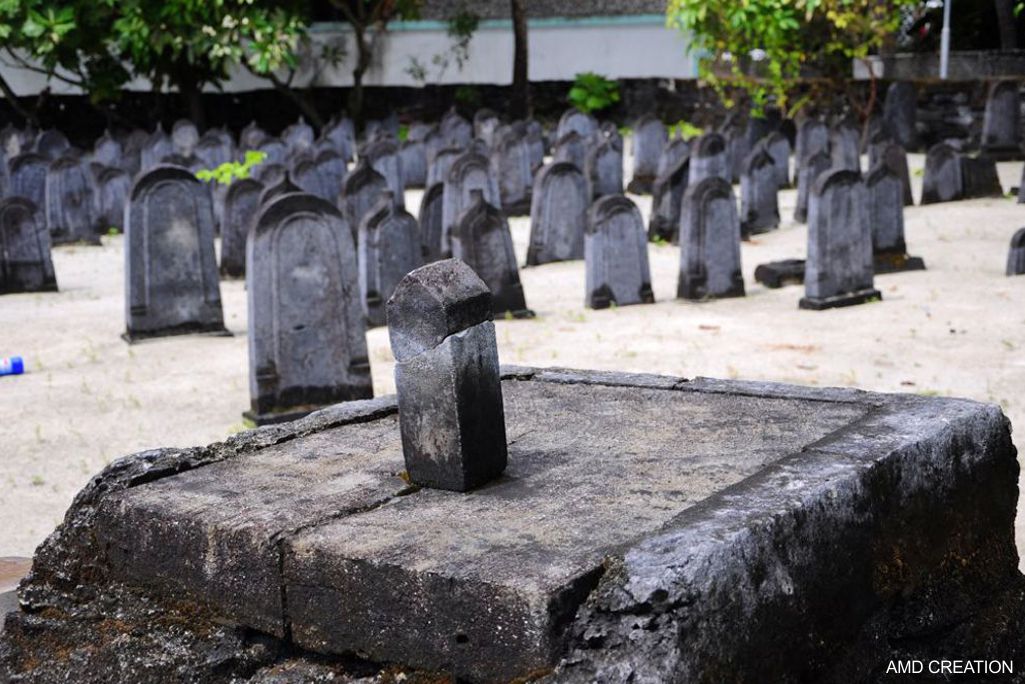
There is also a coral stone well near the mosque, and a sundial that has stood to point prayer times for those who take heed, and a graveyard surrounding most of the space with fine quality tombstones. There are three entrances with rising steps leading into the mosque’s prayer hall. This building has a hypostyle layout with a prayer hall with no “Dhaalas”. There is a Mihrab chamber and the Mimbar located in the prayer hall.
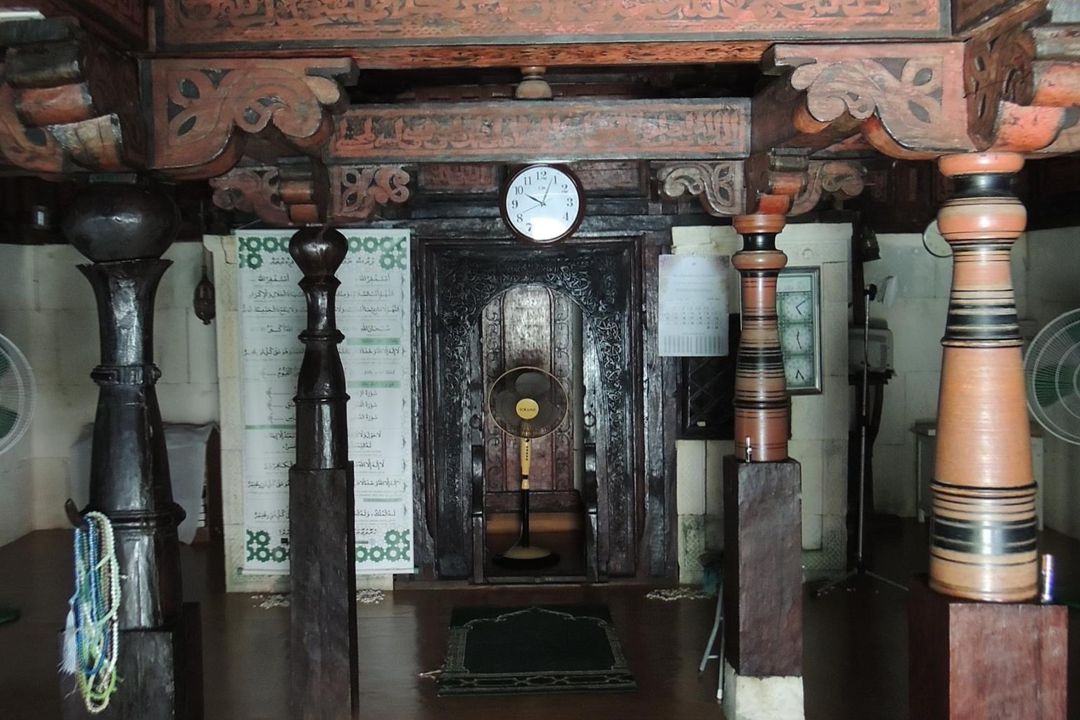
Fenfushi Hukuru Miskiy is built on a highly decorated coral stone platform with coral stone walls and a two tiered timber roof structure. It has a highly decorated coffered ceiling with a stepped recess. The columns are made from timber, featuring intricate wood carvings and striking Arabic lacquer calligraphy on the door and the windows, entrance steps, a strong reminder of the beautiful artistic work of the Maldivians.
![]()
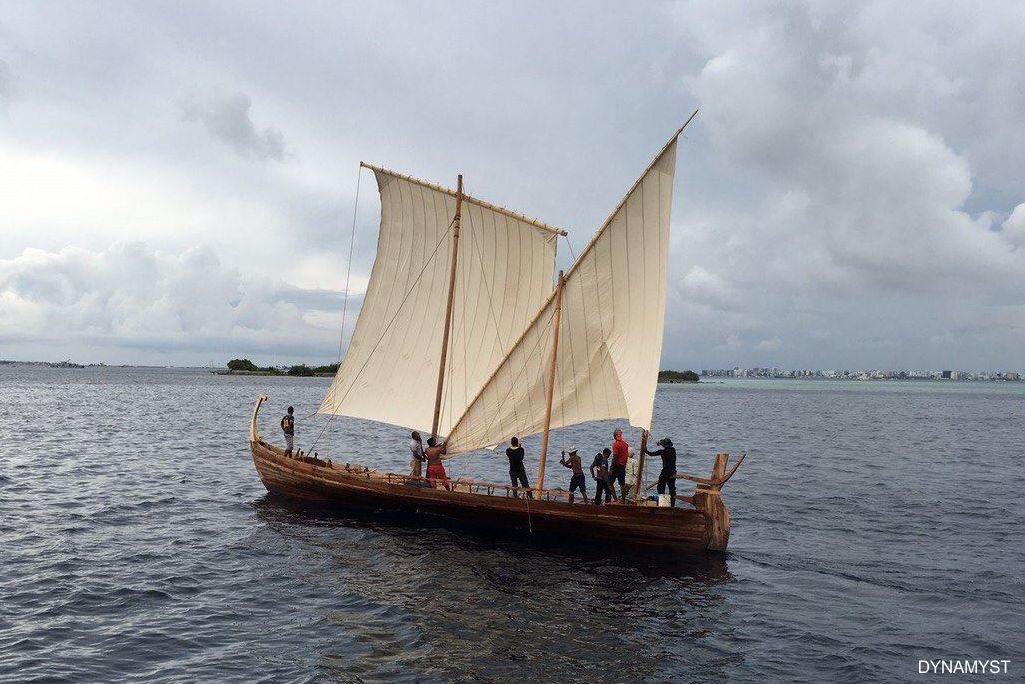
The unusual name comes from the sixteenth century Maldivian history, Kalhuohfummi was the name of the legendary war ship in which Mohamed Thakurufaanu and his allies lead the historic guerilla battle, that eventually liberated Maldives from the Portuguese occupation. Kalhuohfummi was built by the three Thakurufaanu brothers, Mohamed Thakurufaanu, Ali Thakurufaanu and Hassan Thakurufaanu with the help of a group of freedom fighters in the island of H. A. Baarah. In 2015, the Maldives government contracted the construction of a replica of Kalhuoffummi to Maritime and Underwater Heritage Society of Maldives to commemorate the country’s 50th year of independence. The construction of the 51 feet long vessel was completed in December 2015 on the island of H. Dh. Neykurendhoo and was sailed to Malé where it was put on display for public viewing at the Izzudeen Jetty and Sultan Park, until it was removed by the military for preservation.
![]()
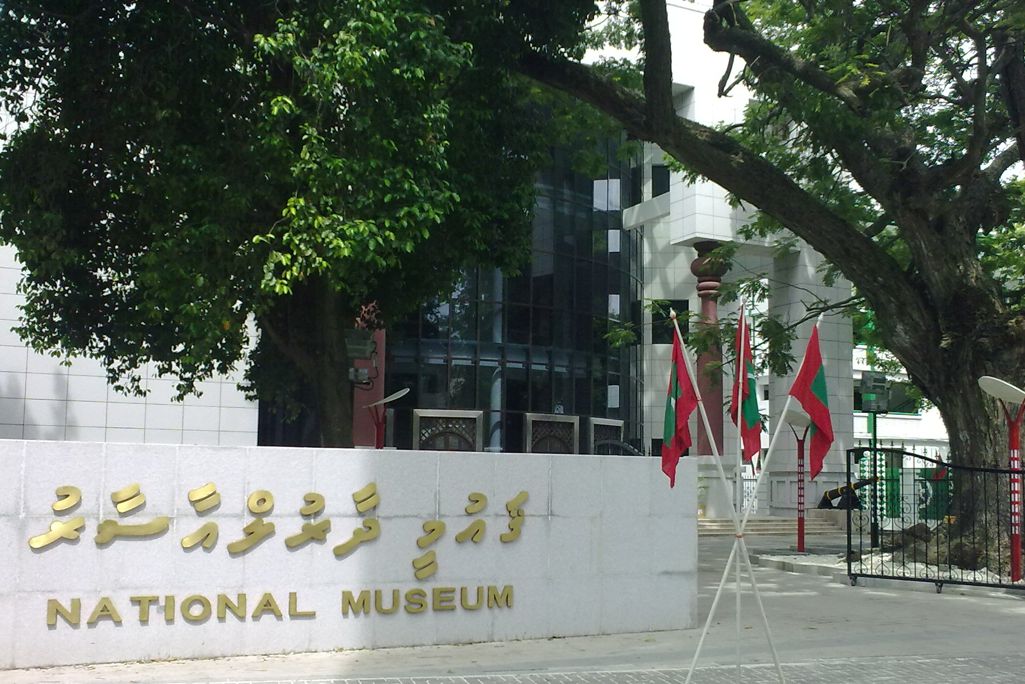
Built and designed by the Chinese Government, the Maldives’ National Museum houses ancient objets d’art and artifacts of immeasurable historical and cultural significance. The ground floor of the building contains impressive galleries dedicated to the ancient and medieval periods of the Maldivian history. The exhibits include weaponry, religious scriptures, household utensils and Arabic and Thaana-engraved pieces of wood commemorating the conversion of Maldives to Islam. The collection on the upper floors represent the modern era and include examples of lacquer-work boxes for which Maldives is renowned, some of the notable artifacts are a massive computer and the country’s first gramophone and telephone.
![]()

The furthest out from the capital Malé and the southernmost atoll, comprises of a string of six islands sprawled across the equator in the southern hemisphere. Relatively large in terms of land mass by Maldives standards, Gan island used to be a British naval and airbase during the Second World War. The British left in 1976 and the base is now relatively deserted but easily accessible with home to the country’s second major international airport. Perched on the northern edge of Meedhoo island is the Koagannu Cemetery, 900 years old and was built to bury the first Muslims of Addu Atoll. It has time-honored memories of royals of the Maldives that have been buried centuries ago. The Atoll offers an abundance of historical sites, including a War Memorial on Gan Island from the British colonial-era and an Armory building in the island of Maradhoo. The biggest wreck in Maldives – The British Loyalty lies in a seabed inside the Atoll. “Port T” brought 1950s style suburbia to the island complete with a tiny post office and cinema.
![]()
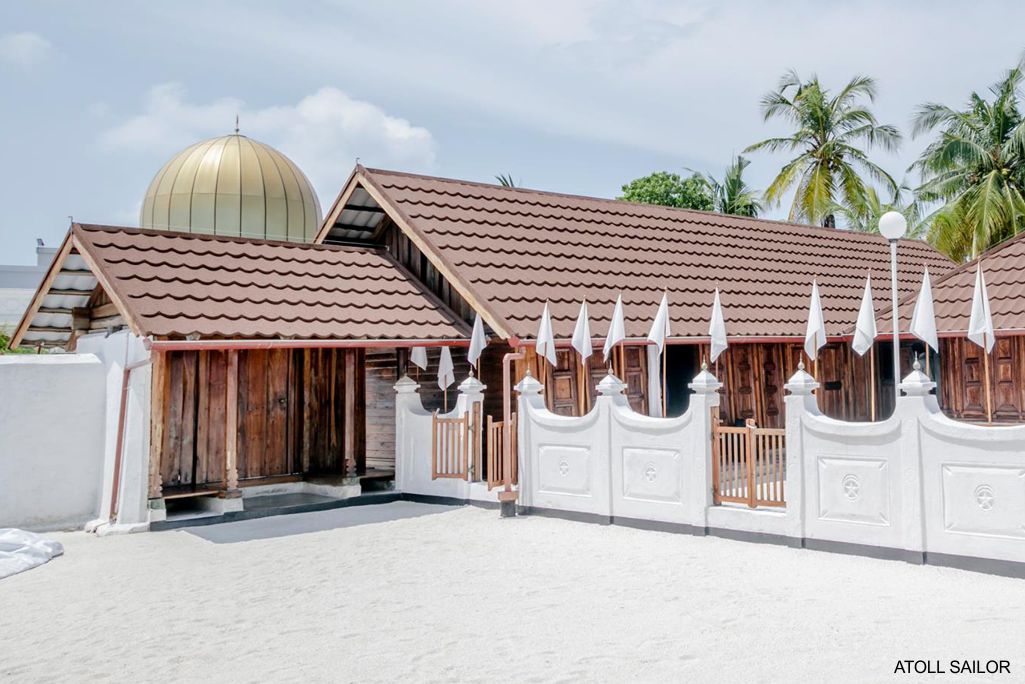
Located on the island of Utheemu, the historical site once served as a palace, and now a museum – was the childhood home of Sultan Mohammed Thakurufaanu. Visitors to the wooden preserved memorial are guided by curators providing informative commentary about the treasures from the Sultan’s collection to appreciate the fascinating 500-year-old architecture, preserved for generations to come.
![]()
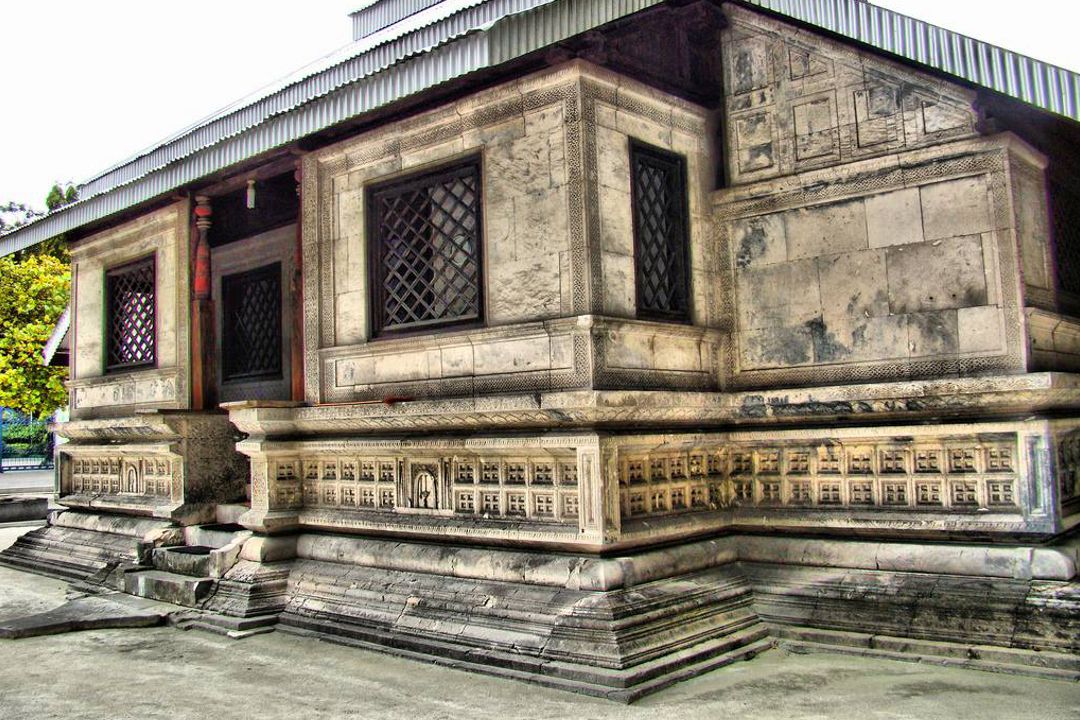
Constructed in 1658 AD under the reign of Sultan Iskandhar I over a period of two years, Hukuru Miskiy or the Friday Mosque is arguably the most significant heritage site in the Maldives, and one of the remaining testimonies to Maldivian craftsmanship. The interiors and exteriors of the mosque feature intricate coral carvings with Arabic inscriptions, rich ornamental patterns and lacquered woodwork. The drum-shaped, blue-and-white minaret, the Munnaaru, was built and added to the mosque complex after the sultan’s return from Hajj pilgrimage in 1675 AD. It resembles to the minarets in Mecca of the time. The mosque is also believed to be the first school where the holy Quran was taught in the Maldives.
![]()
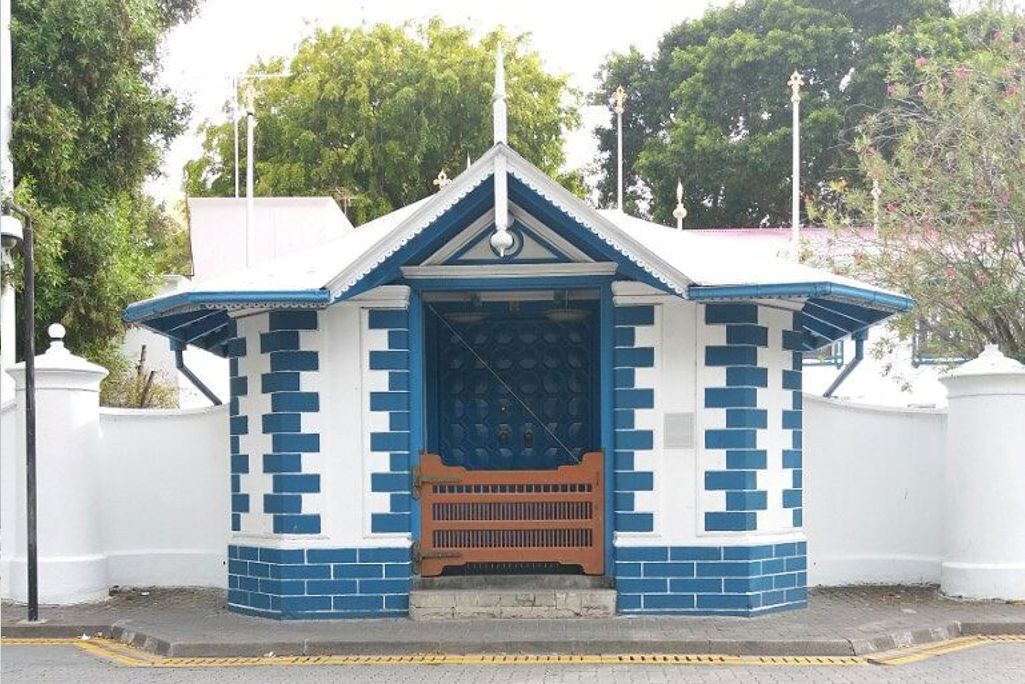
Across Hukuru Miskiy, on the other side of the road is Medhu Ziyaaraiy, the mausoleum of the Moroccan traveler, Abdul Barakat Yoosuf Al Barbary, the religious scholar credited for the conversion of the Maldives to Islamic faith in 1153 AD.
![]()
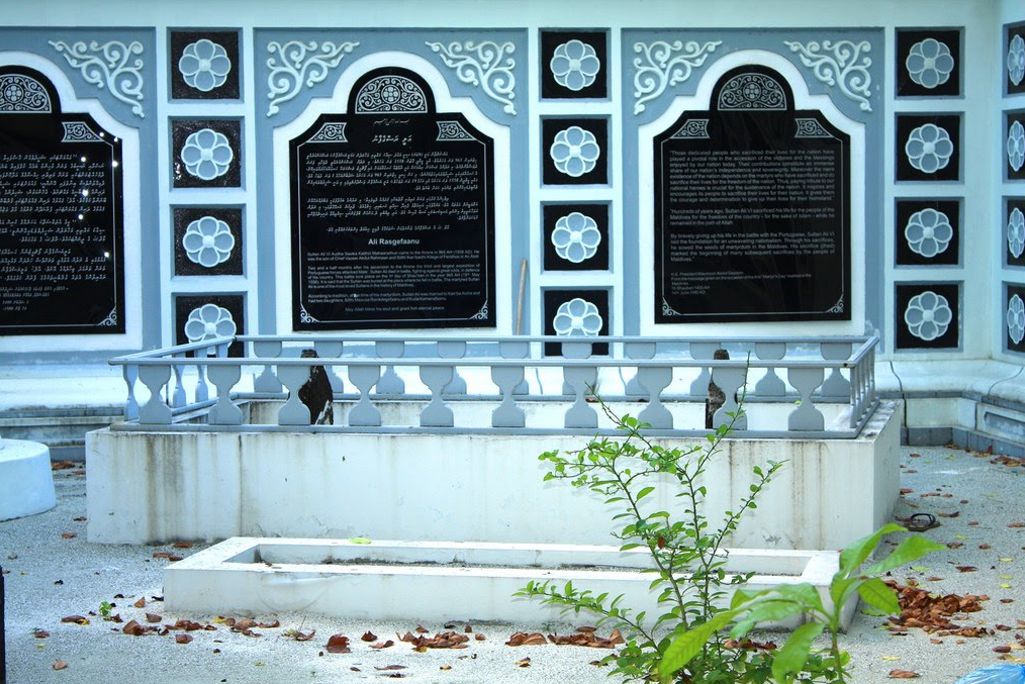
During a standoff with the Portuguese invaders in 1558, Sultan Ali VI, or Ali Rasgefaanu was martyred on the Western shores of Malé. Today, his mausoleum stands within a fenced-off enclosure, on the exact site he fell dead.

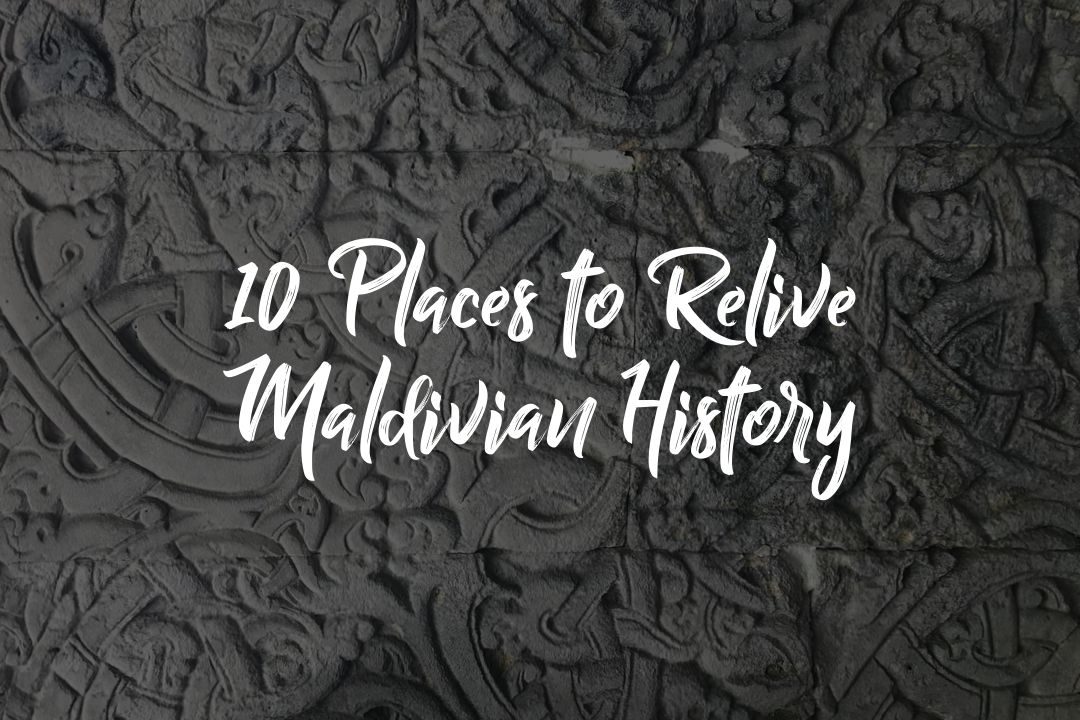

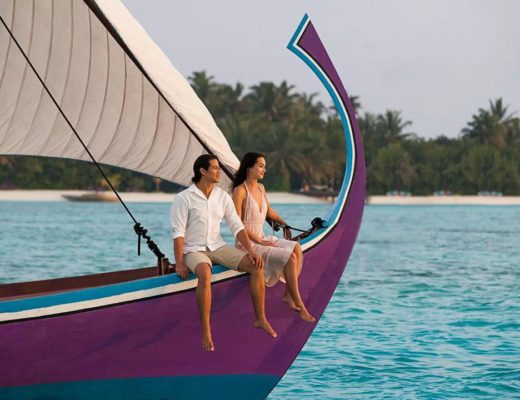

No Comments